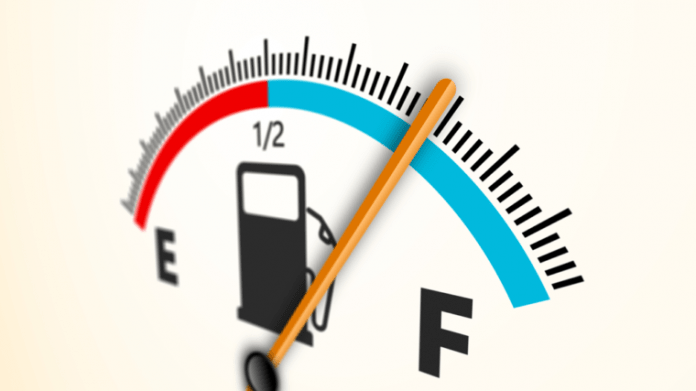Your driving habits play a crucial role in determining your fuel economy, which can significantly impact your financial bottom line. Whether you’re an owner-operator, lease operator, or a company driver, making adjustments to your driving habits can lead to substantial savings, especially considering the rising fuel prices.
Let’s explore some effective methods that can help you reduce your fuel consumption by up to 25%. In Canada, where diesel prices are soaring to around $8.00 a gallon, implementing these strategies can put a substantial amount of money back into your pocket.
First and foremost, it’s important to avoid unnecessary idling whenever possible. When your engine is idling, it burns approximately a gallon of fuel per hour. This means that idling throughout the night could cost you around $80.00! If your vehicle is equipped with an Auxiliary Power Unit (APU), make sure to utilize it. If you don’t have an APU, consider investing in one. Although a basic APU may have a price tag of $8,000, you’ll recover this investment in fuel savings in just over three months. Even if you opt for a top-of-the-line APU priced at $13,500, you’ll recoup your investment in less than six months. Additionally, an APU can significantly enhance the resale or trade-in value of your truck, providing you with an extra benefit.
Another effective strategy is to use cruise control whenever possible. By maintaining a steady speed, you place less demand on the engine and reduce the need for frequent acceleration and deceleration. Rapid speed changes result in higher fuel consumption. By driving with cruise control, you can optimize your fuel efficiency and reduce unnecessary fuel expenditure.
When planning your routes, keep fuel efficiency in mind. The shortest route may not always be the most fuel-efficient option. Whenever possible, choose limited-access highways (interstates) over secondary roads. Unless taking secondary highways can significantly shorten your trip by more than 80 kilometers, it’s generally more fuel-efficient to stay on the interstate.
To minimize fuel consumption, it’s beneficial to anticipate traffic stops and gradually slow down instead of coming to a complete stop. By doing so, you can maintain momentum and avoid wasting fuel on accelerating from a standstill position.
Additionally, it’s important to avoid “jackrabbit” starts. Instead, accelerate gradually from stop signs or traffic lights. Slamming the accelerator to the floor won’t make you accelerate any faster, but it will increase your fuel consumption. Smooth and controlled acceleration is key to fuel efficiency.
Investing in aerodynamic fairings for your truck and trailer, and ensuring they are in proper repair, can also contribute to fuel savings. By reducing wind resistance and drag, you can lower your overall fuel consumption.
Don’t forget to keep your tires properly inflated. Even a 10 PSI reduction in tire pressure can significantly impact fuel efficiency. Tests have shown that tires with 10 PSI lower than the recommended pressure can increase fuel consumption by 20%. Regularly check your tire pressure and maintain it at the recommended level to optimize fuel efficiency.
When driving at highway speeds, using your air conditioning is actually up to 15% more fuel efficient than driving with the windows open. However, when driving below 70 km/h, it’s slightly more fuel efficient to have your windows open. Consider these factors when adjusting your climate control settings.
By incorporating these strategies into your driving habits, you can maximize your fuel economy, reduce your fuel expenses, and ultimately improve your financial bottom line. With fuel prices on the rise, every adjustment counts. Safe travels and happy fuel-efficient driving!























